SEMI S2 – Section 9 Manuals Part 4
In our fast paced world, everyone is looking for ways to get to market quicker and easier. There are definitely places where shortcuts can be made through streamlining the process and then there are places where spending a little more time on the details in the beginning and laying a foundation for the work to be accomplished can actually expedite and simply the process. That is definitely the case with meeting the requirements for SEMI S2. Understanding the requirements, getting your team on board with the requirements and designing your equipment using the requirements will achieve your goals much quicker and easier saving money in the long run.
High Tech Design Safety CEO, Steve Barcik Amstel has been going through section by section and line by line of SEMI S2 in a video training course to help you get a better understanding of what you will be up against as your get your semiconductor equipment to market. The section that we are covering now is Section 9.6 Manuals, which include all of the documentation required to be provided to the end user. This section is almost a summary of the requirements throughout SEMI S2 for the documentation required and we say almost…because it is not quite a full summary…It’s a good one…but there are other items within SEMI S2 that need to be included. And as this video series goes on we will outline those other requirements for you as we get to them.
Link to video also available here: https://youtu.be/-Xt6ES68e4M
Please like and subscribe and if you would like a copy of our list of items that need to be included in the documentation provided to the end users please reach out and contact us.
The manufacturer should supply manuals that detail the requirements for the safe installation, operation, maintenance, service, decontamination, and pretty much everything else that deals with the equipment. Including facilitization, chemical drains and exhaust. All of these items will be included in the manuals. Some of that documentation may be in ancillary documents but those should also be as appendixes in the manual. These manuals should describe the initial intended use of the equipment and typically the baseline chemicals used. The manuals should conform to SEMI S13. SEMI S13 is a guideline for what needs to be in the manuals and how that data should be presented, including how caution statement, warnings, danger statements and other data should be presented. SEMI S13 is an excellent resource for your tech writing team or your engineers or whoever is compiling the manuals as you go along.
In addition to the requirements within SEMI S13, the manuals will need to include data on routine electrical maintenance and service tasks specifically Type 4 tasks, which mean tasks that must be performed with the equipment energized. Now we recommend that you design your equipment so that is not necessary or provide shielded and guarded access points. As SEMI S2 notes, it would be best to design that risk out of the product, however, if it is still there then it needs to be detailed and instructions on how to perform it safely need to be completed.
Further you will need to provide lockout tag out information, the lockout tag out procedure for the equipment. This includes how to turn the equipment off to release all stored energy…maybe to release any pressures…to purge the system…Everything needed to put the equipment into a safe state and then lock that equipment out, tag it out so that it may be serviced without hazard.
Next you will need to have a full description of the EMO circuits and functions. Typically that would start off with the drawings showing where there are EMO switches, which is an emergency off button, sometimes also called an emergency stop, however that has other functions and purposes. Additionally there should be a table, which delineates what happens when you press the EMO, the emergency off button. For example, what does turn off, what does remain energized, what hazards remain after the EMO is turned off. Do you have a large heating circuit that may take 20-30 minutes to cool down? Is there pressure being maintained somewhere else? Or does vacuum need to be maintained somewhere? Is exhaust still operating? We would hope so, but in some cases the EMO needs to turn the exhaust off for other purposes. All of this information would be included here in this section.
Next we need to provide a list of materials and hazardous materials used in the service and maintenance of the equipment. So for example if you are using any cleaners or solvents to clean or maintain the equipment then those need to be detailed with potential exposure rates and protective equipment to prevent exposure. Or for another example, if your system uses mercury lamps, those items or any other item in the equipment that might have a hazardous nature that is not part of the process…all of those materials need to be stated in this section.
The next section lists anything that might become solid waste from the equipment. So solid waste is different from the hazardous materials and the hazardous waste in the last section. Let’s say you have a non-hazardous water filter or some other component…o rings that are not contaminated…all of that other solid waste needs to be listed as part of what would be generated during maintenance and operation of the equipment.
Next we need to provide a detailed list of maintenance and inspection procedures for the safety systems. This really dovetails with the EMO section earlier….how do you check and maintain that EMO circuit and how do you verify that the EMO circuit is working and how often should you do that.. Additionally interlocks…how often should you verify door interlocks, leak interlocks, or exhaust interlocks. How often and how would you do it and accomplish it in a safe and effective manner such that nobody gets hurt and the machine is still well taken care of and not damaged during this process.
This next section doesn’t apply to all equipment, but it does apply to all equipment with lifting devices. Any equipment that has a crane or lifting tool that is used with the equipment or used to maintain the equipment, there needs to be a list of instructions, specifications, maintenance, testing, labeling details and everything for the lifting equipment. And as a quick aside, all of that lifting equipment also needs to be evaluated, certified, and tested as well. We can help you with those processes as well if you have that equipment in there.
The next section looks at what would be unintended releases of chemicals. There might be a gas cabinet that has unwelded fitting in it. Those are potential unintended release points. There might be chemicals supply lines with fitting of some type that might leak. There might be filters that need to be changed that might cause a release or leak. All of these are unintended release points that need to be detailed. And then also what is the containment for that…Is there an exhaust…is there a containment tray or drain…Is there a leak sensor or gas sensor or exhaust sensor for that. Detailing how all of those unintended releases are managed and where they might occur.
And then the final section that we will deal with today is for equipment decontamination. So this will detail what you will do at the end of life or if you intend to ship this equipment to another site…where might there be residual materials…how would you purge out your liquid chemical system…your gas system…and parts that might be contaminated with residual…how you might remove those…what protective equipment you would need…how you would need to dispose of those materials. Further…how you might recycle the equipment…what parts might go for solid waste…what other parts might go for plastics or metal recycling or electronics recycling…All of that end of life or decommissioning information goes in this section.
This is a great way to get your team the data they need to comply with SEMI S2. Please like and subscribe below…send us comments and let us know if you need any information. Also contact us if you would like the list of these requirements so that we can help you get there and get your equipment certified.


